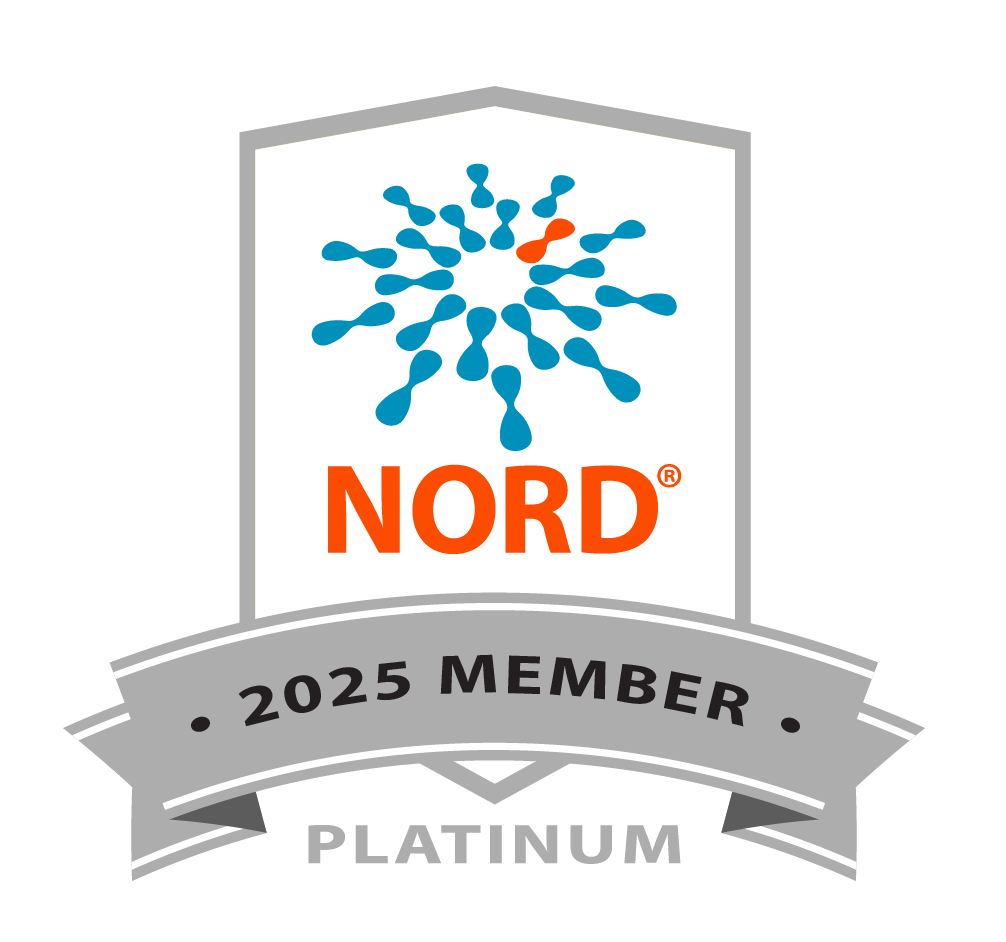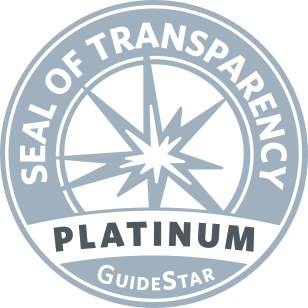Twelve People Receive XLRS Gene Therapy in AGTC’s Clinical Trial
Research News
AGTC’s gene therapy uses a human-engineered virus — and adeno-associated virus or AAV — to deliver normal copies of retinoschisin to the patient’s retina.

Computer-generated image of adeno-associated virus (AAV).
Applied Genetics Technology Corporation (AGTC) reported that its gene therapy for X-linked retinoschisis (XLRS) has performed encouragingly in a Phase I/II, safety-oriented clinical trial taking place at seven sites in the U.S.
XLRS is an inherited disease that leads to significant vision loss due to splitting of the layers of the retina. The condition affects about 35,000 males in the U.S. and Europe. XLRS is caused by mutations in the gene retinoschisin. AGTC's gene therapy uses a human-engineered virus — and adeno-associated virus or AAV — to deliver normal copies of retinoschisin to the patient's retina.
Twelve patients have received the treatment thus far. Initial safety was reported for those patients receiving low- and medium-treatment doses.
According to Michael Goldstein, the study director at AGTC, the XLRS gene therapy was generally well-tolerated and demonstrated a good safety profile.
Mark Pennesi, MD, PhD, a study investigator at Oregon Health & Science University, said that a majority of the patients had mild to moderate ocular inflammation in their treated eyes that resolved without further intervention or with steroids. Additional patients being treated in the study with a high dose are receiving steroids to prevent or treat inflammation.
The Foundation Fighting Blindness funded earlier research that made the XLRS gene therapy clinical trial possible.




